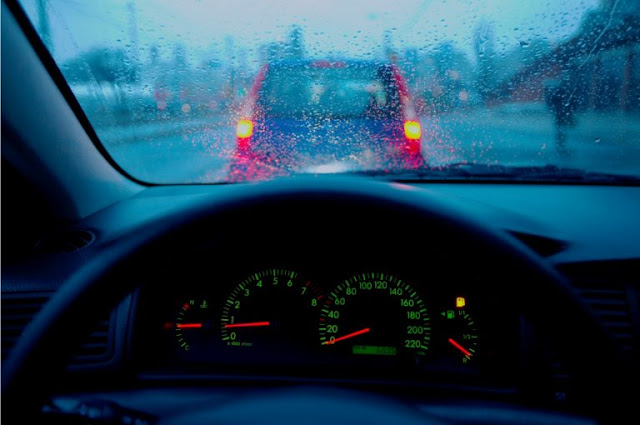With the rainy season creeping in on us, we have decided to share helpful tips for driving in the rain. Rainy days can be predicted by the weather forecast but on days that you forget to check the forecast, what happens? We have decided to share tips and tricks to keep you safe while driving on rainy days.
- Drive only when necessary: This is one tip you have probably heard a few times but its true. Driving in the rain can be a hassle- the bad weather, bad road and the dark clouds put together make driving in the rain a nightmare. There is a higher chance of accident when one is driving in the rain.
Stay safe and avoid driving in the rain when you can.
- Check your lights: Contrary to the belief of many, you do not only use headlights at night. Your headlights need to be working perfectly all day, all night. With rain comes dark clouds hence it makes it difficult to see whilst driving. To avoid possible accidents ensure your lights are on all the time not just for your safety but the safety of the general public.
- Check your tyres: Rainy days are the worst to drive with bad tyres In the case of heavy rain, the road is often times slippery. Takes us back to the first point, if its not necessary or totally important do not drive.
- Adjust your driving style: Cast your mind back to your driving test, and you’ll remember that stopping distances increase in the wet.But can you remember by how much?In actual fact, it takes about twice as long to stop on a wet road as it does on a dry one. So you should increase the distance between you and the car you’re following by about that much.A good rule of thumb is that you should be around four seconds behind the car in front of you if the road is wet. That way, if that car has to stop suddenly – or worse still, crashes into a car in front – you will have time to stop, or take avoiding action.To check you’re far enough away, watch for the car in front to pass an object – a lamp post, bridge or sign. Then count how many seconds go by before you pass the same object. If it’s under four seconds, you should back off and allow more space.Driving in the wet isn’t just about leaving more space, though. You should also try and avoid sudden moves that might unbalance the car, such as sharp steering or braking. Doing so increases the likelihood of your car skidding.Keep an eye on what’s around you, too. And remember that large vehicles kick up more spray, so if you’re about to pass one, you should be prepared to increase the speed of your windscreen wipers to compensate.Also, if another driver is following you too closely or driving aggressively, don’t be tempted to react. It’s easier and safer to concentrate on your own driving, perhaps pulling over to let them go on their merry way if you’re able to, than to do something provocative that might cause them to crash into you.
- Stay Focused: Its a general rule that driving you should stay focused but when driving in the rain, your focus
- When you’re behind the wheel, it’s important to always pay attention to the road, other cars, and pedestrians. This is especially true in the rain, when you cannot see as well, and your ability to stop may be hindered by the slickness of the road. Stay focused by:[6]
- Keeping your eyes on the road at all times
- Paying attention to what drivers and pedestrians are doing around you.
- Turning off the radio, and ignoring your cell phone and other electronic devices.
- Ceasing any conversations you were having with passengers.
- Not eating, reading, or putting on makeup while driving.


Comments
Post a Comment
Thanks for reading😊 , please drop a comment...I'll love to know your thoughts 😘😍😀